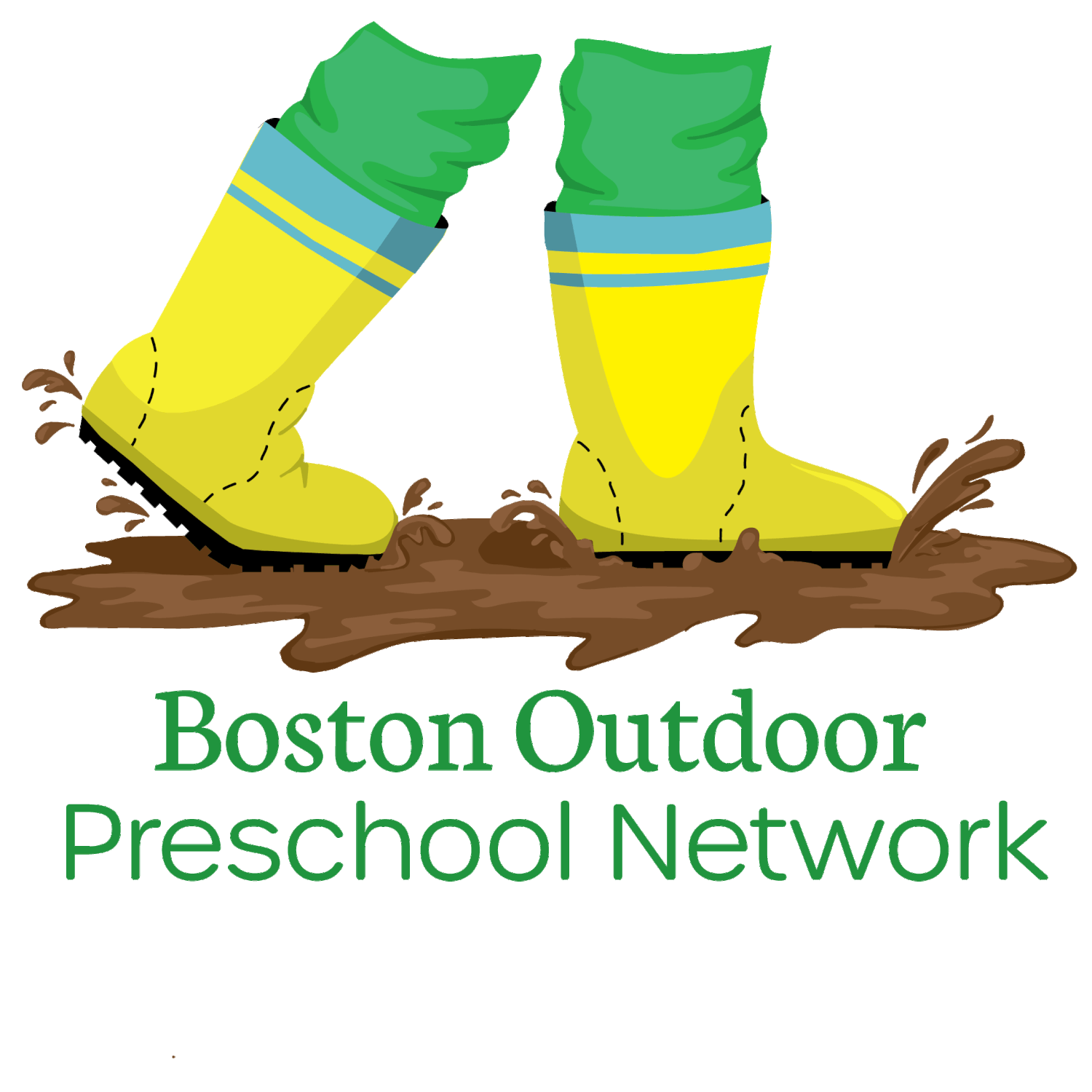Nature Connection Begins With Self-Care
A felt sense of safety must come before exploration. In a culture that values independence and impatiently asks kids to “toughen up,” self-care is an important set of skills to master. However, in the outdoors this can take on a whole new meaning. Without physical safety and comfort, nobody would stay outside for very long. But more than that, self-care is composed of building blocks for more complex skills and healthy relationships. Those building blocks are kindness, keenness, alertness, and closeness.
Kindness gives a child the freedom to be eager and venture further out into their world. Children learn to take care of themselves when we take care of them first; being taken care of teaches children how kindness feels. Kindness feels like someone making you a hot drink in cold weather.
Keenness fills a child with the sense of being able to go on journeys, as far as they want to go. As our learners begin to experience their limits in the outdoors — of warmth, of energy, of bravery, of knowledge — teachers can hand them practical skills that expand those edges of capability. Children who know how to take care of themselves outdoors are empowered, and also gain an awareness of what not to do. They are more tuned into how their body feels and changes in their environment.
Alertness is a calling to keep ourselves safe. Hazards draw the first boundaries for a child in unfamiliar terrain. They are also the beginnings of relationships with other species. As a child learns how to identify poison ivy (or better yet, where it likes to live in their area), what to wear in different kinds of weather, to look up to check for dead trees or limbs that might fall in the wind, or that they can relax watching porcupines waddle by because porcupines are not easily startled, they gain the ability to move around the landscape more freely. They learn about the boundaries of human activity. They learn in a real way where they can relax and feel comfortable, where they can feel alertness and excitement, and where fear is a message to keep their body safe -- not an obstacle to overcome.
Pursuing and preserving closeness is a human instinct. Humans can survive in the wilderness alone, but we only thrive when we’re together. Taking care of ourselves is the beginning of taking care of each other. Taking care of our learners is an opportunity for us to show them that they are welcome to feel close to their teachers, to rely on them, and readies them to learn the skills necessary for their own self-care.
When teachers begin to recognize learners taking little steps towards more successful self-care, learners are signaling that they are ready to build on their repertoire of nature literacy and connections even further.
Once the content is in, you can add images if you’d like!

